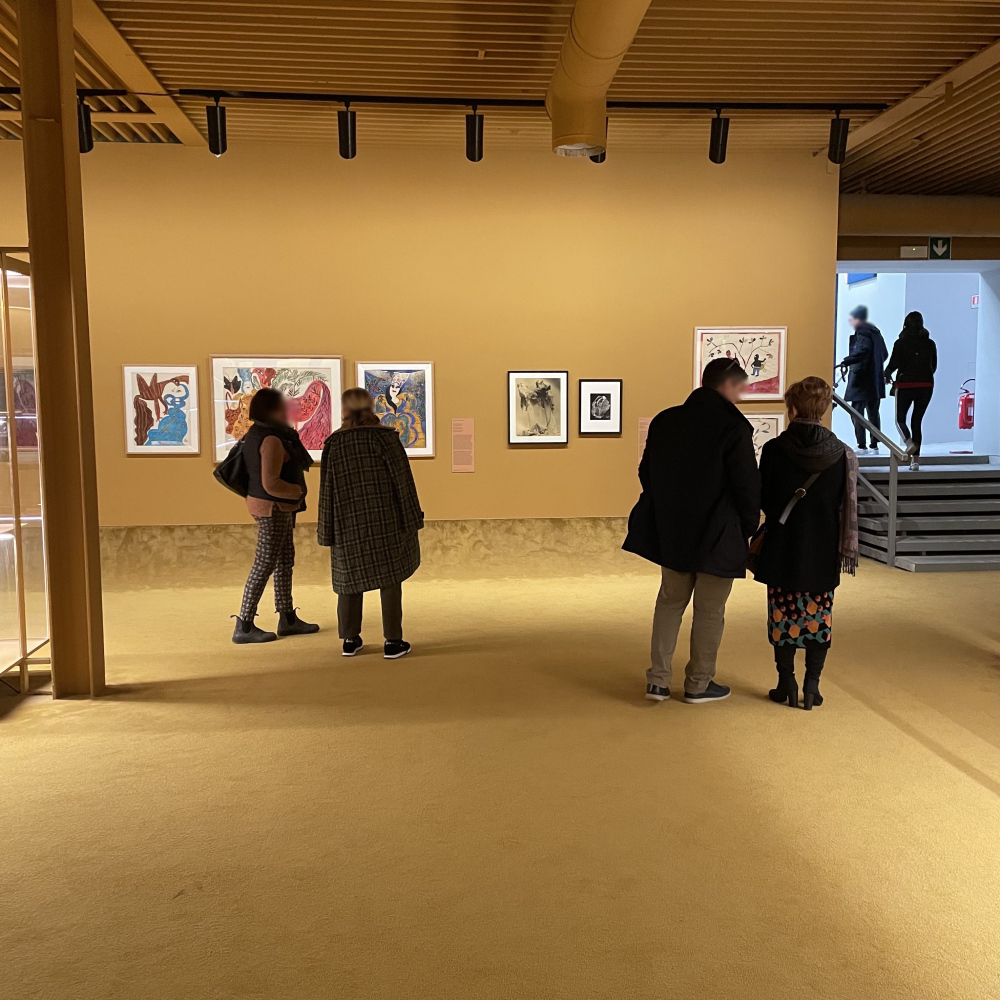Art and culture programme consultant, Malaya del Rosario, shares her thoughts and advice on how arts organisations can optimise network-building initiatives.
Networks play a pivotal role in the sustainability of art organisations, yet the question of how they can be optimised remains largely underexplored. Many art leaders and managers perceive network-building as a ‘nice to have’ rather than an integral part of their strategic plans, overlooking its untapped potential for fundraising, advocacy, and teambuilding.
Strategic network-building can offer an invaluable system of support, which is crucial for an organisation’s growth and impact. It involves nurturing internal and external relationships and understanding how to manage diverse stakeholders who may have different perspectives and conflicting motivations. If done successfully, these links can contribute to both the short and long-term mission of your team.
As an art manager who has worked for both small organisations and global cultural institutions across different geographic contexts, I have encountered all kinds of challenges in network-building. How much time do I invest in it? How can my organisation benefit from it? Can I really link it to tangible results? In this article, I aim to summarise these barriers and propose practical solutions to organisations looking to refine and streamline their activities.
Why bother?
Strategic network-building can significantly enhance an organisation’s operation by diversifying funding sources and reducing financial risks. It can also help increase impact through resource-sharing and alliances. International partnerships can expand audience reach, while leveraging technology optimises communication and reduces costs. For bigger institutions, having a strong, internal network can foster strong connections among team members, creating a more inclusive, equitable and collaborative work culture.

Overcoming challenges
Lack of a purpose. Without a clear purpose or vision, it will be difficult to engage stakeholders. Networks should be able to articulate their goals, values and how members can benefit from them. This allows stakeholders to assess their relevance and level of participation. While I was Head of Arts at the British Council in the Philippines, we identified the newsletter as an effective way to communicate and expand our network of artists. However, engagement rates were frustratingly low. We realised that one big motivation for artists when they subscribe is to discover professional development opportunities for themselves. We then highlighted this benefit in our content and made it easy for readers to respond, e.g. through clear call-to-action text. This instantly improved success rates and increased our subscription numbers.
Limited resources. Limited financial and human resources makes network-building more challenging for smaller organisations. However, cost-effective and time-efficient alternatives exist. Virtual networking, such as participating in online conferences and talks, provides an alternative solution. They can also optimise resources through stakeholder mapping and a donor database. This enables a prioritised approach, focusing on key relationships aligned with fundraising goals and achieving outputs without overextending resources. There are many free, practical tools that already exist online, such as donor templates for Microsoft Excel. Implementing Customer Relationship Management (CRM) systems like HubSpot or Zoho CRM allows for centralised donor databases and streamlined communication at no cost. Project management platforms such as Trello can also assist in efficiency at no additional expense. Incorporating a researcher’s mindset will also help you identify and better target relevant contacts. A quick web search and conversations with trusted colleagues is a good place to start to generate new leads.
Unequal opportunities. This is something I witness everyday in my work, especially coming from a developing country context: disparities in access and opportunities for networking. Unequal resource distribution and lack of digital networking skills may limit smaller and less-established organisations to connect with relevant and influential contacts. Bigger, global cultural institutions and funders have a big role to play in addressing this particular challenge. One solution is by offering mentorship programs or purpose-driven networking events that provide a level playing field for smaller organisations. Additionally, training sessions on digital networking skills can ensure that organisations, regardless of their size or location, can effectively navigate online platforms and connect with stakeholders. This approach can foster inclusivity and promote a more equitable landscape within the art industry.
Difficulty measuring impact. Measuring the impact of a network is challenging as the results are not always one-to-one. Organisations will therefore need to adopt a short-term and long-term evaluation strategy in order to quantify its impact. The number of collaborations created, new business leads and the number of audiences engaged are just some of the indicators that we can track. For instance, the successful execution and reach of a virtual exhibition involving partners across different countries, as facilitated by your arts network, can be quantified through online engagement metrics. Employing digital tools, such as through online surveys or web analytics can further help automate evaluation and optimise limited resources.
From nurturing connections to amplifying impact, strategic network-building is transformative for the arts, and ultimately, to our society’s cultural diversity. It goes beyond being a ‘nice to have’ and therefore calls for more strategic thinking from arts leaders. By fostering internal and external relationships, navigating diverse perspectives, and leveraging technology, network-building catalyses innovative collaborations and growth.
It is equally essential to stress that effective network-building should be based on trust and mutual understanding. Emphasising shared values ensures these connections contribute to a straightforward, fair, and resilient future for the arts community.
Embrace the journey, for in each connection lies the potential to shape a resilient and bright future for your organisation.

